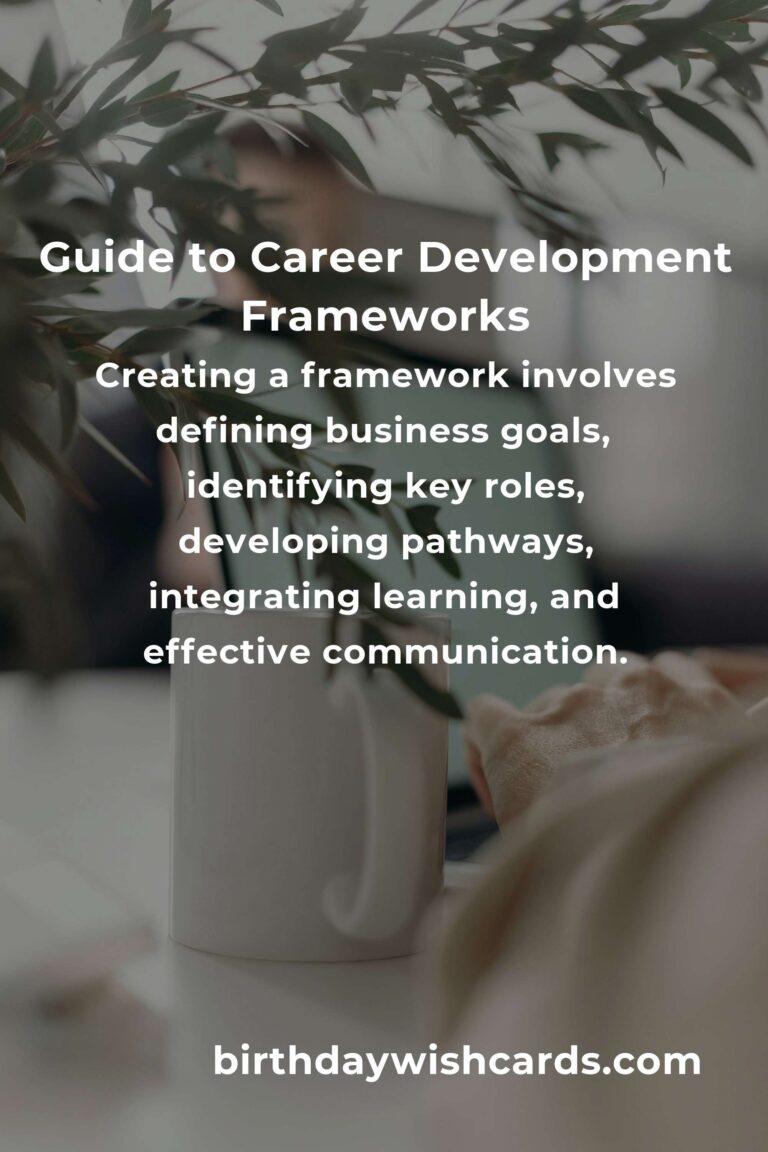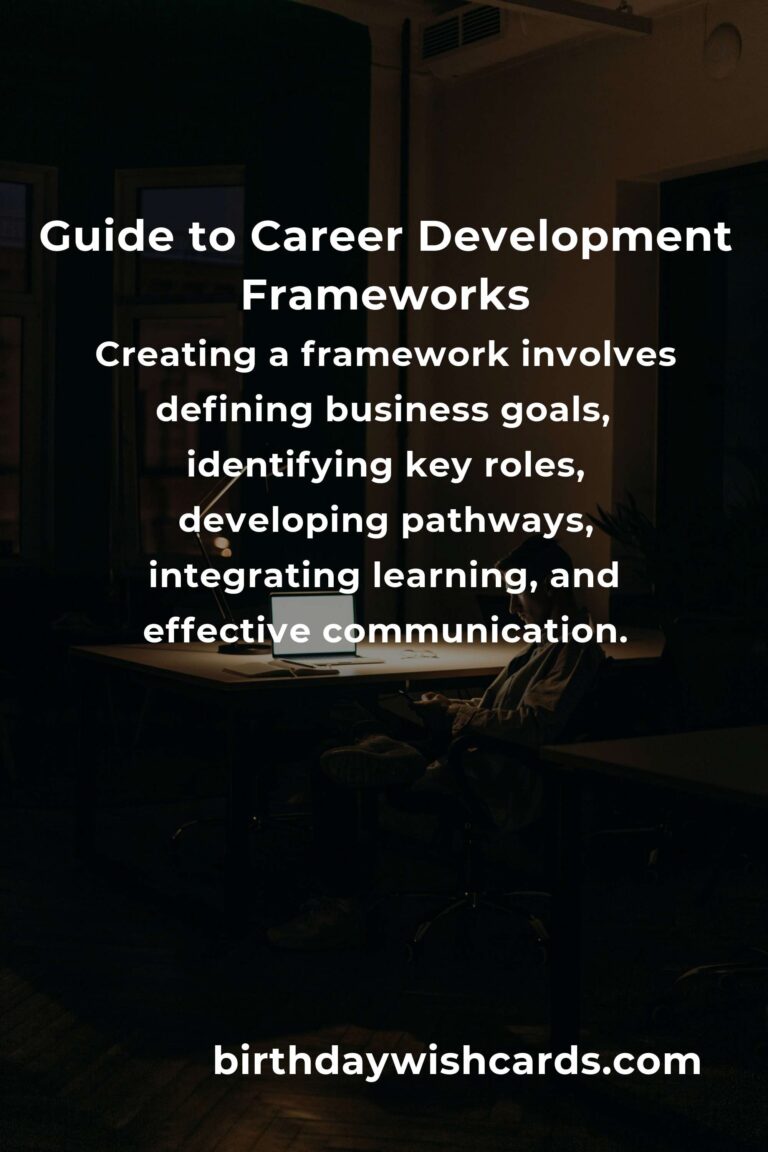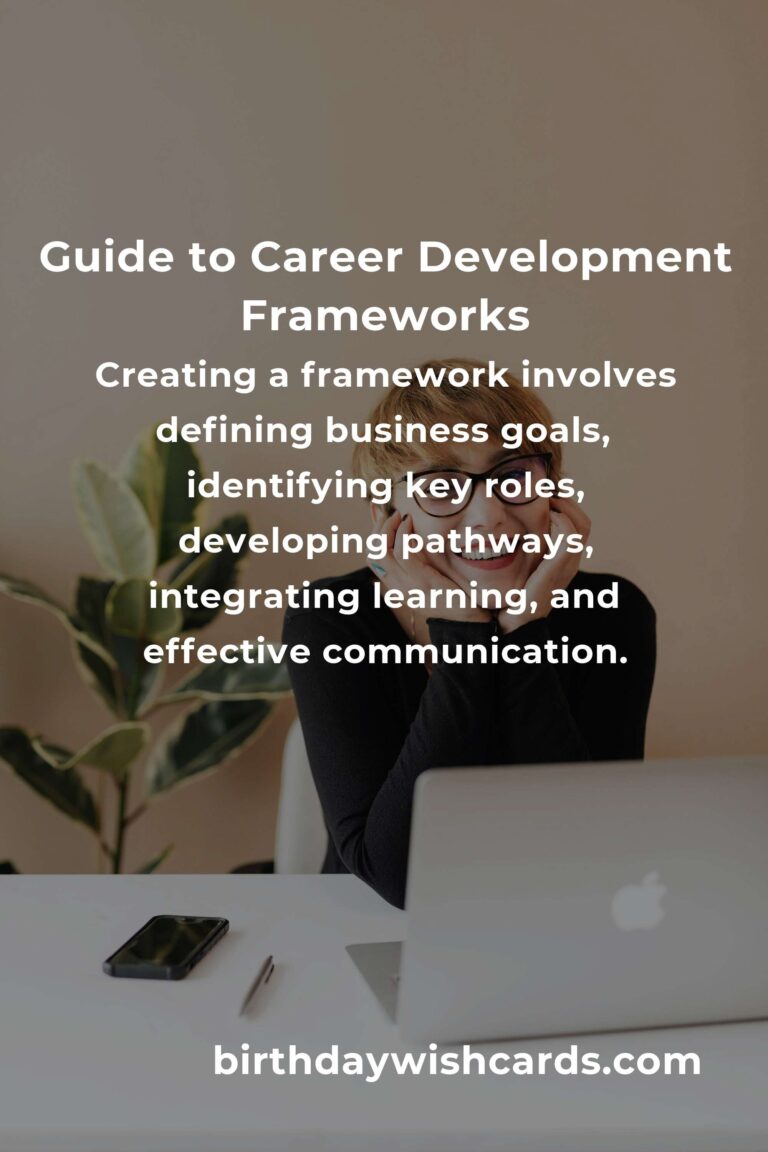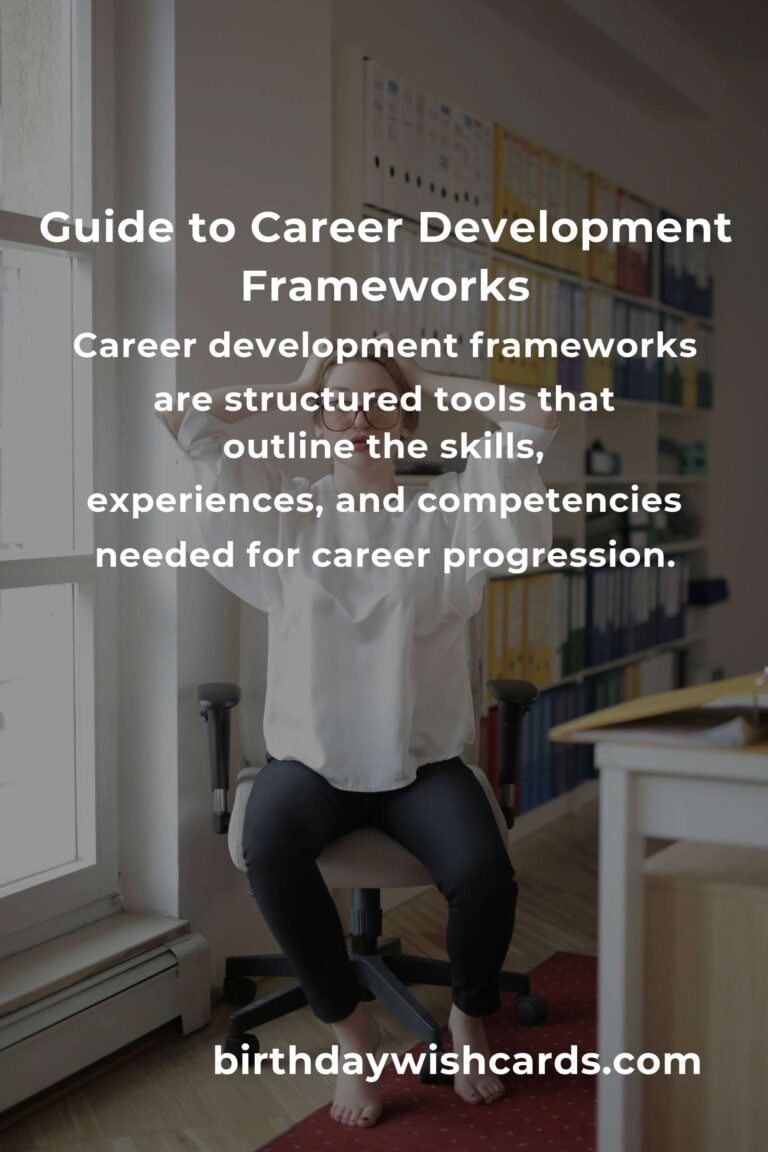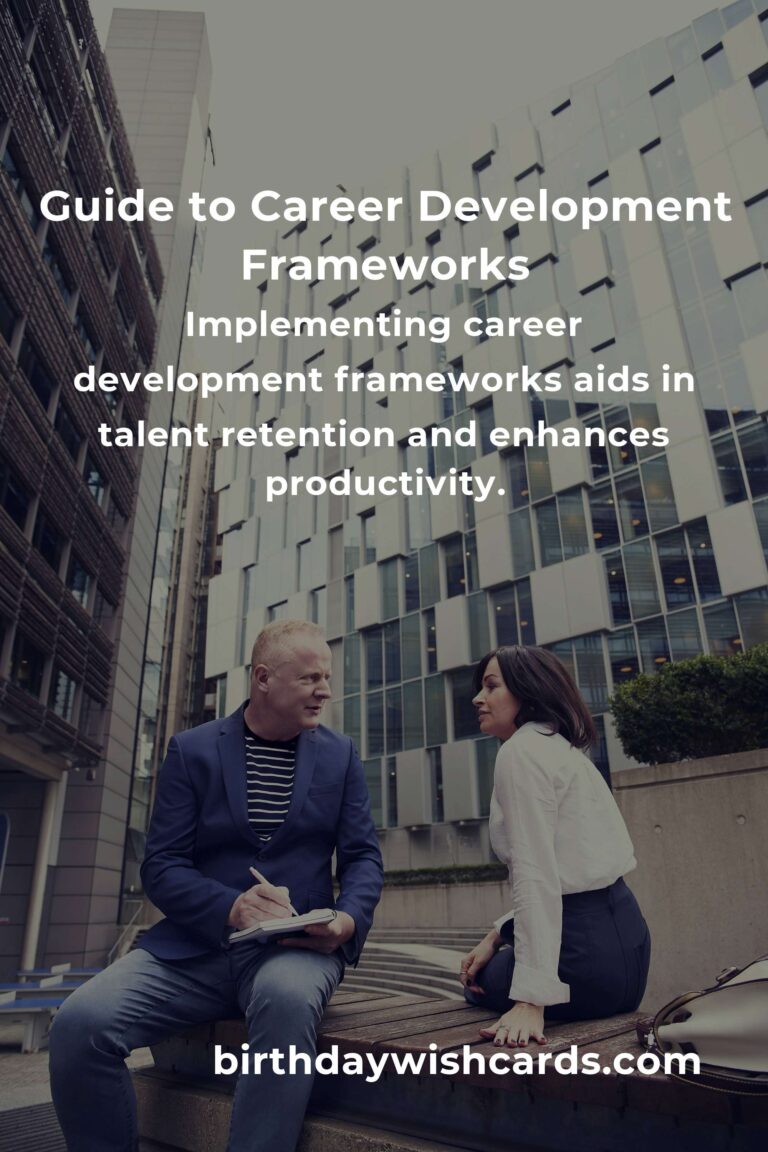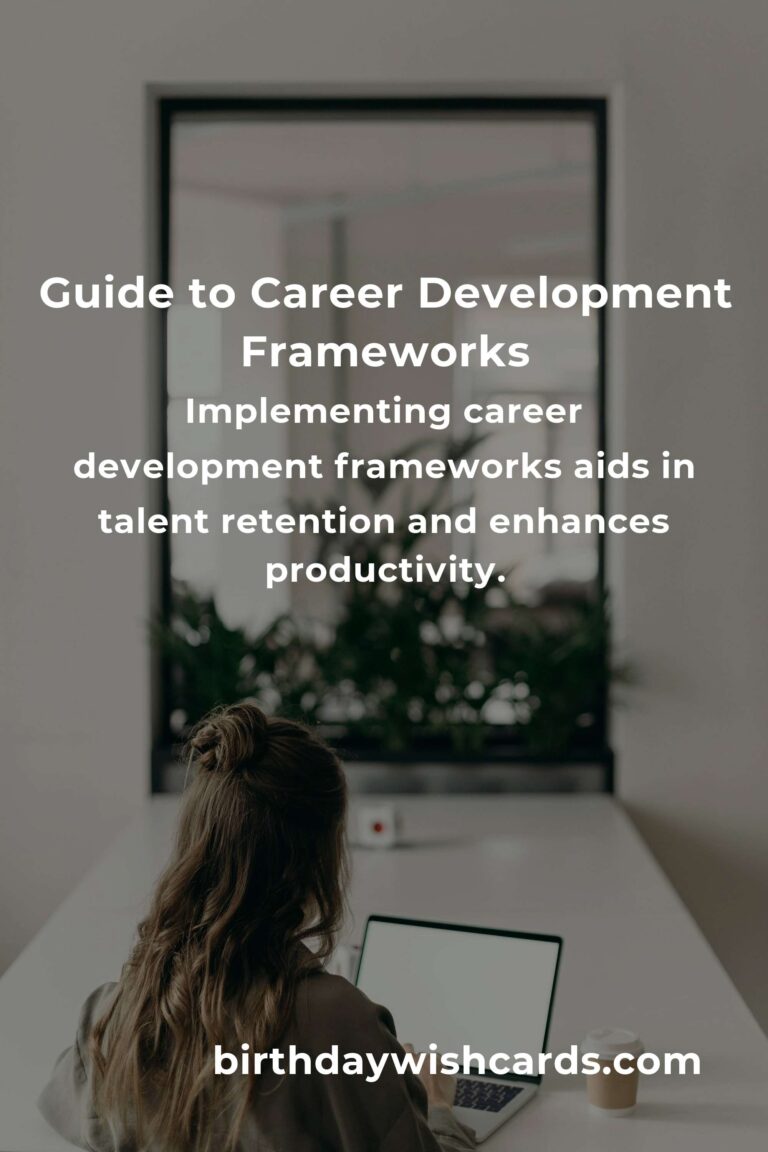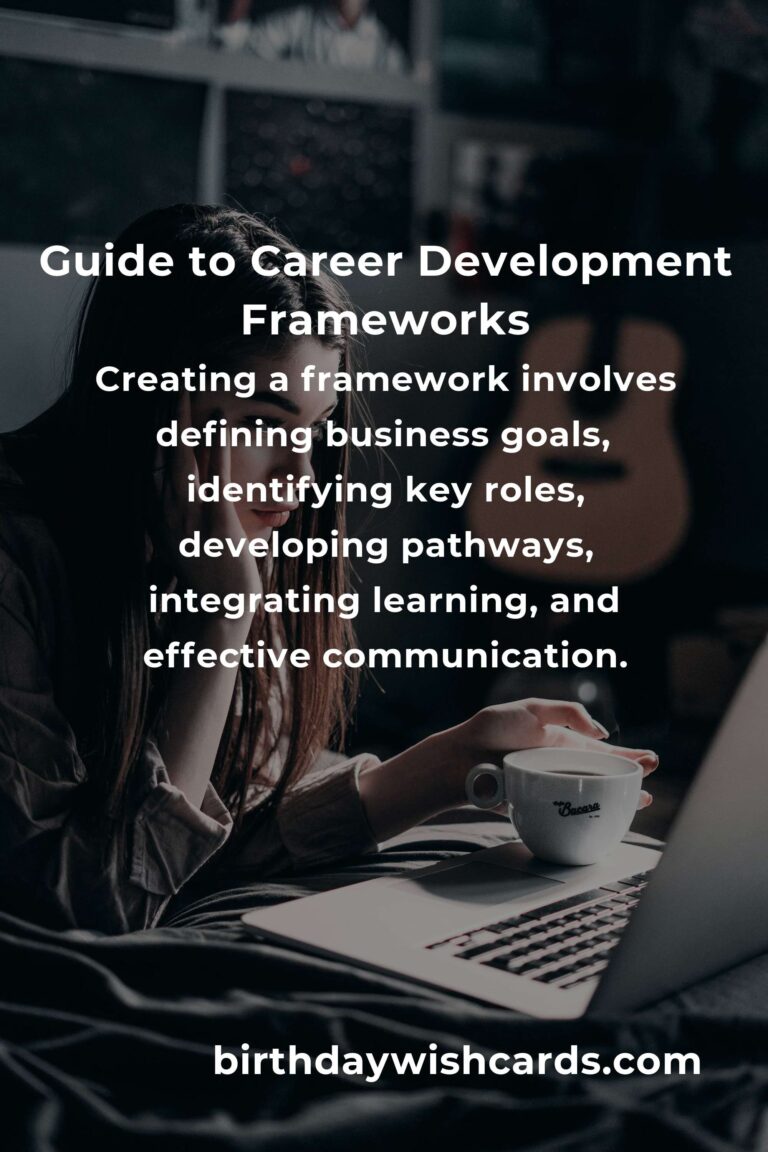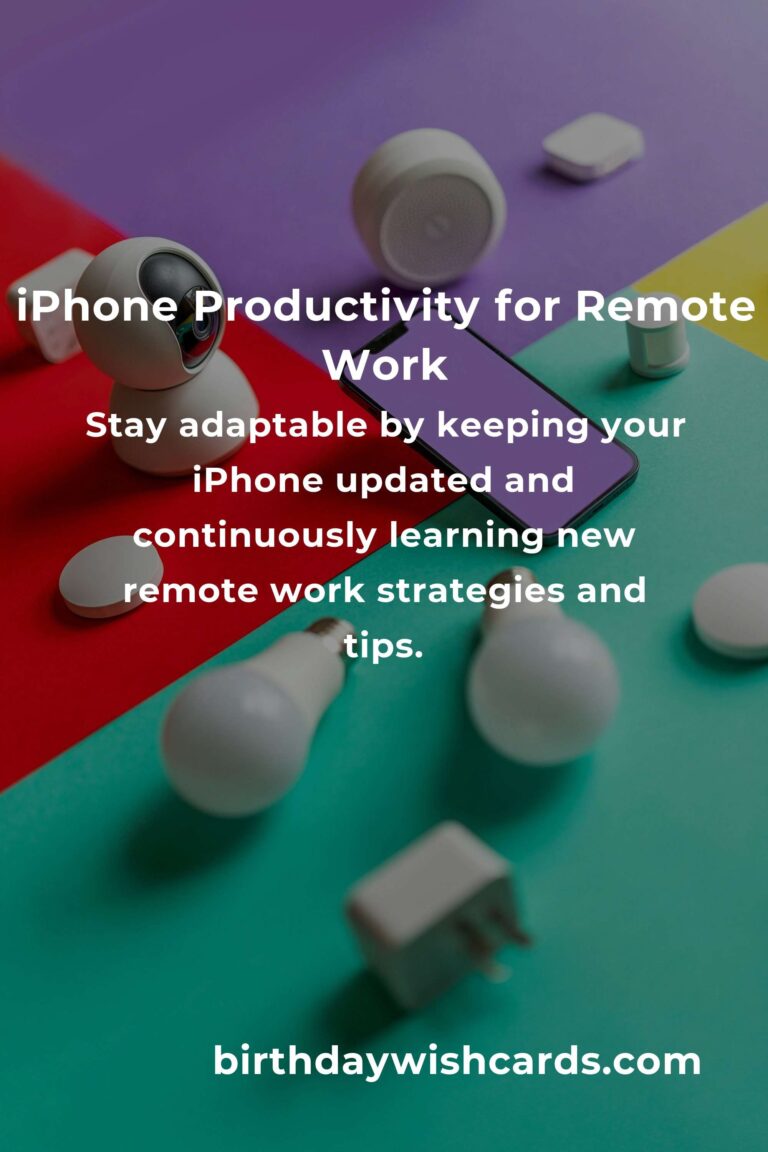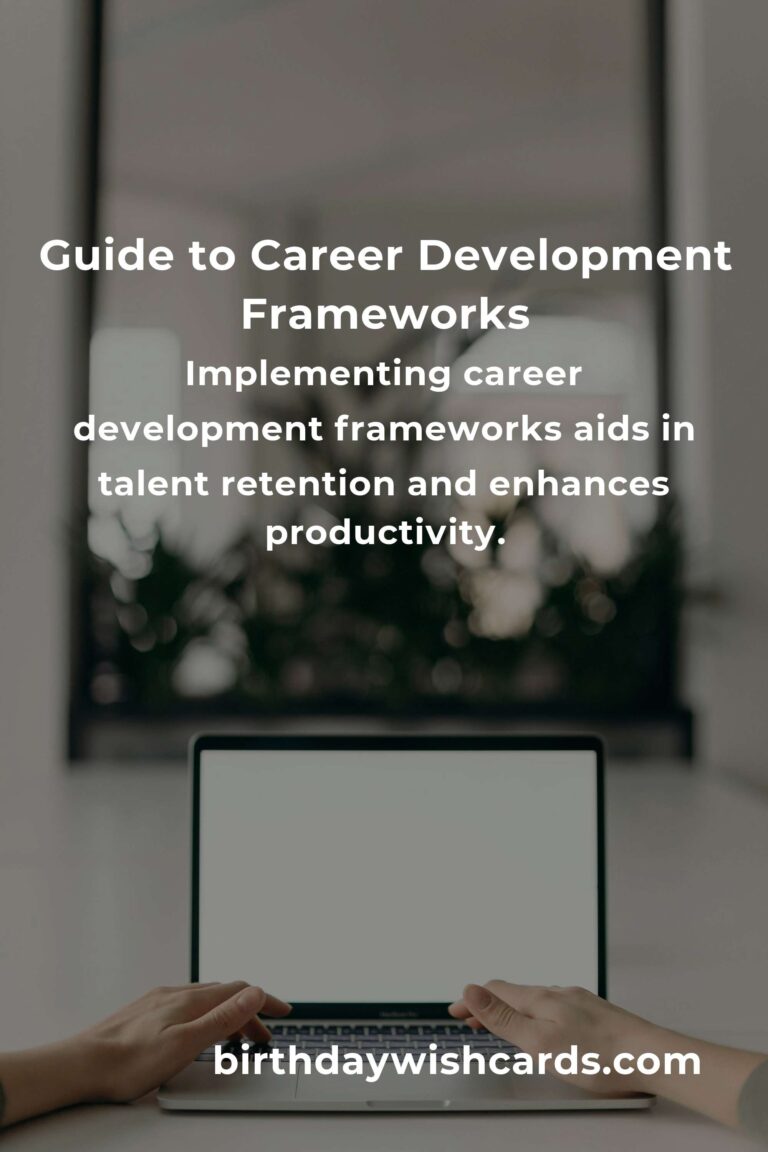
In today’s fast-paced professional world, understanding and navigating career development frameworks is essential for both employees and employers. These frameworks provide structured pathways for career growth, ensuring that individuals can achieve their professional goals while organizations retain talent and maintain competitiveness. In this guide, we will explore what career development frameworks are, their benefits, and how to effectively implement them in your organization.
What are Career Development Frameworks?
Career development frameworks are structured tools or models that outline the skills, experiences, and competencies employees need to progress in their careers. These frameworks serve as roadmaps, guiding employees from their current positions to their desired roles within the organization. By defining clear expectations and career paths, these frameworks help employees understand what is required for advancement and how they can achieve their career objectives.
Benefits of Career Development Frameworks
Implementing career development frameworks offers numerous benefits for both employees and organizations. For employees, these frameworks provide clarity on career progression, help in identifying skill gaps, and offer motivation by setting achievable goals. For organizations, career development frameworks aid in talent retention, improve workforce planning, and enhance overall productivity by aligning employee growth with business objectives.
Steps to Implement a Career Development Framework
Creating and implementing a career development framework involves several key steps:
1. Define Business Goals
Before developing a framework, it’s crucial to understand the organization’s strategic objectives. This ensures that career pathways align with the overall business goals.
2. Identify Key Roles and Competencies
Determine the critical roles within the organization and the competencies required for each. This helps in mapping out career paths and identifying necessary skills for advancement.
3. Develop Clear Career Pathways
Create defined pathways for each role, outlining potential career trajectories and the skills or experiences needed at each level.
4. Integrate Learning and Development
Incorporate training programs and development opportunities into the framework to address skill gaps and support employee growth.
5. Communicate and Implement
Effectively communicate the framework to employees and provide ongoing support and resources to help them navigate their career paths.
Challenges in Career Development Frameworks
While career development frameworks offer numerous advantages, they also present challenges. These can include resistance to change, lack of resources, or difficulty in keeping the framework flexible and updated. Overcoming these challenges requires continuous evaluation and adaptation of the framework to meet changing business needs and workforce dynamics.
Conclusion
Career development frameworks are powerful tools that can transform an organization’s workforce and drive long-term success. By providing structured pathways for growth, these frameworks empower employees to take charge of their careers while helping organizations nurture and retain top talent.
Career development frameworks are structured tools that outline the skills, experiences, and competencies needed for career progression. These frameworks provide clarity on career progression and help in identifying skill gaps. Implementing career development frameworks aids in talent retention and enhances productivity. Creating a framework involves defining business goals, identifying key roles, developing pathways, integrating learning, and effective communication. Overcoming challenges in frameworks requires continuous evaluation and adaptation.
#CareerDevelopment #CareerGrowth #EmployeeDevelopment


